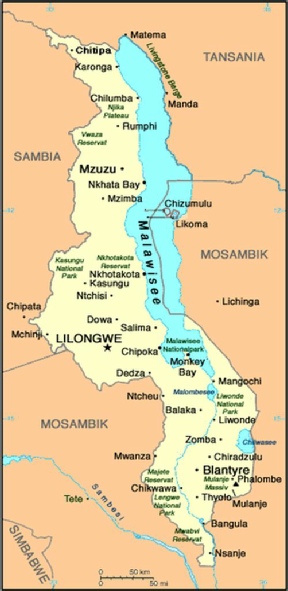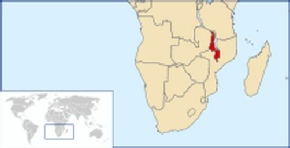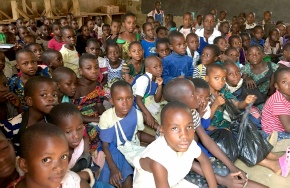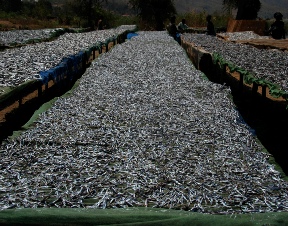Contact
_________________
Breuckmann Foundation
Alter Ortsweg 30
D 88709 Meersburg
Phone: +49 (0)7532 9889
E-Mail:
kontakt@breuckmann-foundation.org
Donation account
_________________
Volksbank Überlingen
IBAN:
DE73 6906 1800 0006 3480 17
BIC: GENODE61UBE
There is only one world to live in.
Support us, to conserve this world
Donate now


Current growth forecasts assume that the population of Africa will grow from about
1.3 billion today to 2.5 billion in 2050 and to more than 4 billion by the end of
this century. The consequences of this unchecked growth for the living conditions
of the people concerned, for the societies in the African countries and for the environment
there are dramatic.
This is especially true for Malawi in south-east Africa. While fewer than 3 million
people lived there in 1950, today, at the end of 2021, there are already more than
20 million, with the proportion of people under the age of 24 now standing at around
66%. At the current population growth rate of over 2,7 %, Malawi will have up to
35 million people by 2050. Malawi is thus not only one of the poorest countries in
the world, but also one of the countries with the highest population growth in Africa,
with a birth rate of 29 children per 1000 people, combined with high infant and maternal
mortality rates.
The average age of marriage for women is just over 18 years; almost 30 % of those
under 20 are already mothers. Only about 32 % of unmarried young women between the
ages of 15 and 19 use modern contraceptives; and even among married women, the figure
is significantly less than 40 %. Thus, it is not surprising that 72 % of sexually
active women became pregnant, with almost half not wanting to become pregnant at
all or only at a later stage. (Plan International, 2018)
Malawi and the Consequences of Over Population




Today, Malawi lives mainly from the sale of agricultural products. As the population
grows, on the one hand, domestic consumption increases, and on the other hand, more
and more agricultural land has to be made available as living space for the growing
population. Both factors mean that the already desperately poor country is losing
its most important source of income. In addition, resource consumption and the associated
environmental pollution are increasing.
The Red List of Threatened Species now includes the Chambo, an edible fish whose
population in Lake Malawi is now on the verge of collapse, not least because of the
increasing food requirements of a rapidly growing population, one third of whose
nutrition depends on fishing in Lake Malawi. This shows as impressively the fatal
connection between the exploitation of available resources and growing poverty and
hunger.
Public institutions have already reached their limits. In schools, for example, the
target number of 60 pupils per teacher is already far exceeded and the national average
is over 100. In most hospitals, there is already a shortage of qualified medical
staff, especially doctors.
|
Comparison if Indicators ( 2021 )
|
Malawi
|
Germany
|
|
population in Mio.
|
20,3
|
83,1
|
|
predicted population 2050
|
34
|
83,2
|
|
GNI per capita in US $
|
1540
|
55220
|
|
anticipated average life time
|
72
|
83
|
|
birthrate per 1000 people
|
29
|
9
|
|
birthrate per woman
|
3,7
|
1,5
|
|
population growth rate
|
2,7
|
0
|
|
infant mortality per 1000 births
|
35
|
3,1
|
Database : Deutsche Stiftung Weltbevölkerung





